Vivo X51 review: a new player for the European smartphone market
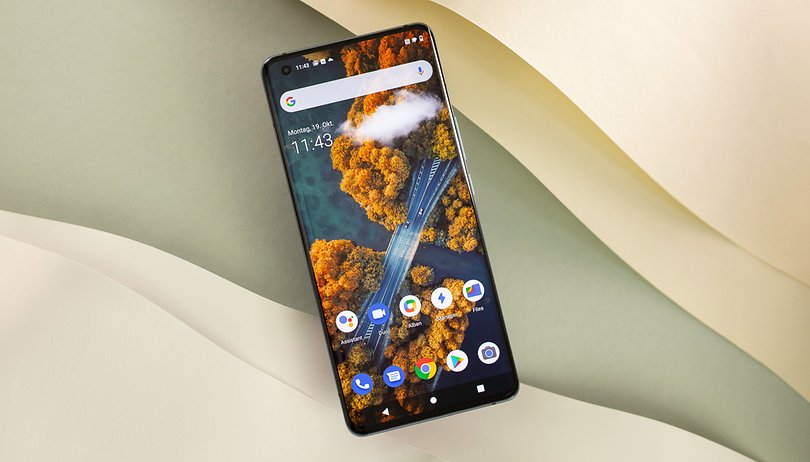

Vivo carries the meaning along the lines of "I live" - and the Vivo X51 5G is the first sign of life from Chinese manufacturer Vivo in the European market. Many people are probably not familiar with the Vivo brand name. Yet, the company happens to be the fifth-largest smartphone manufacturer in the world and has been in business for 25 years. We took a look at the X51 for you and have come to this conclusion: With Vivo, do expect the smartphone market in Europe to get a little bit more crowded. This smartphone is not only a real eye-catcher, but it comes with real innovations underneath the hood, especially where the camera is concerned.
Good
- Great camera system
- Very good processing capability
Bad
- Expensive for a new brand
- Snapdragon 765G chipset is not a flagship SoC
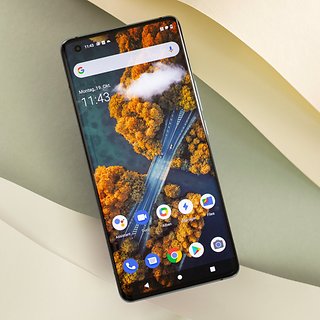
Vivo X51 release date and price
- €799 recommended retail price
- Unveiled in Europe on 20 October 2020
The Vivo X51 will be sold for €799 in Europe. In addition to the smartphone itself, Vivo will throw in a 33W charger, a USB-C charging cable, a case made of transparent silicone, and high-quality in-ear headphones to help you get started right out of the box.
Vivo X51 design and build quality
With the X51, Vivo has developed a real beauty. However, this happens to be the case with today's smartphone models from just about all other manufacturers. It is becoming increasingly difficult to tell the devices apart at a glance: do expect some glass in front, glass at the back, in addition to rounded edges.
The screen is a curved AMOLED display, which covers virtually the entire front of the handset. Overall, the display takes up 92.6% of space. The front camera is located in a small punch-hole in the upper left corner and is hardly noticeable when you ogle at the bright display. A thin aluminum frame will hold the two glass sides together. Basically, everything looks to be made from very high build quality and is robust.
At the back, you will end up with this "frost look", which is already seen in offerings from other smartphone manufacturers. However, Vivo has really managed to come up with an exceptional overall package in the X51. Tipping the scales at just 181 grams, you end up with a diagonal display of 6.56-inches, making this a lightweight handset (in its class), while the mere 7.3cm width makes it very easy to stow in most pockets.
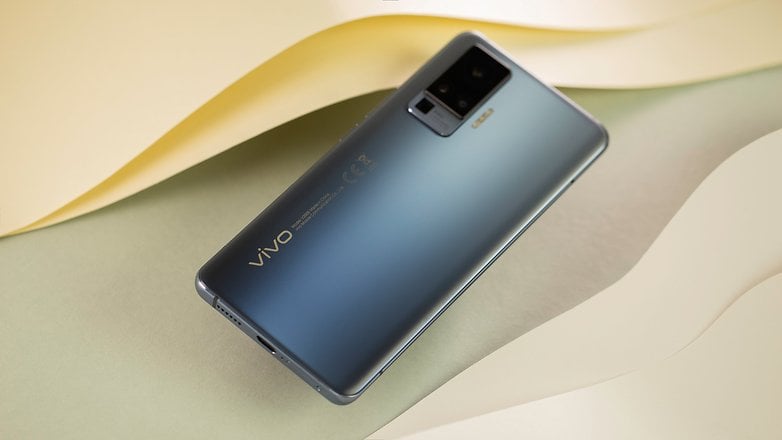
Two years ago I would have been bothered by the protruding camera module, which houses three lenses together with a gimbal (yes, you heard me correctly - a gimbal!). These days, it has become a given.
Vivo X51 display
- 6.56 inch / 16.65 cm
- 1,080 x 2,376 pixels / 398 ppi
- 19.8:9 aspect ratio
- AMOLED display with 16 million colours and 500 nits brightness
As I had already written: I like the 6.56-inch curved AMOLED display. It fills up most of the front of the X51 and falls off the edges and corners in the best way possible. The so-called bezels are extremely narrow and hence, hardly noticeable.
With a resolution count of 1,080 x 2,376 pixels and a pixel density of 398 ppi, the X51's screen is blessed with a refresh rate of 90 Hz in order to ensure smooth playback of videos and games. While it might be nice to see a 120 Hz refresh rate, perhaps Vivo omitted this feature because of battery life issues. The X51 doesn't reach the maximum values of some top smartphones of 120 Hz, but 90 Hz would still be adequate for most devices at this point - including the recently announced iPhone 12 range. The screen can also be set to 60 Hz or even to Smart Switch if you would like to extend the battery life. Then the refresh rate changes accordingly depending on the content in order to save power.
The Vivo X51 screen also supports HDR10+. This allows images and videos that use this format to be displayed in even greater detail that is as real as possible.
The screen is protected by a thin protective film that is hardly noticeable. It is a matter of taste if you want to keep it or to remove it. Chances are you would be very happy to have the protective film over the thin glass layer after a few months of use, as this ensures you will avoid any kind of nasty scratches that might occur from regular use.
Vivo X51 software
- Android 10
- Surface Funtouch OS 10 Global
The Vivo X51 ships with Android 10 right out of the box, and it overlays that with its own interface that is known as Funtouch OS. This happens to be rather close to Stock Android, which (hopefully) means that Vivo can provide regular updates for its products down the road.
Vivo X51 performance
- Processor: Qualcomm Snapdragon 765G
- Clock frequency: Octa-Core (1 x 2.4 GHz, 1 x 2.2 GHz, 6 x 1.8 GHz)
- RAM: 8 GB
- ROM: 256 GB
- No SD card slot available
A Snapdragon 765G chipset runs underneath the hood of the Vivo X51. There is a total of eight cores are built into this chipset. The prime core is clocked at 2.4 GHz, with the second core running at 2.2 GHz. The remaining half dozen cores run at 1.8 GHz. While this is not the latest Qualcomm chipset, it has been specially optimized for gaming performance. By the way, the G suffix should have given that notion away based on its name alone.
The Qualcomm-SoC has 8 GB of RAM mated to it. When it comes to internal memory, there is only one variant available, that is, 256 GB. There is no separate SD or microSD memory card slot for expansion purposes. We had the Vivo X51 to review for an entire week, and throughout the whole duration, we are pleased to report that this smartphone never reached its performance limits.
A 5G modem is also built into the Snapdragon 765G. For those who have not yet experienced 5G connectivity, we have this to say: If you have ever experienced 5G speed, it would be difficult to return to anything slower than that. Of course, the stated peak values of the Qualcomm modem is stated as going up to 3.7 Gbit/s downlink and 1.6 Gbit/s uplink, but this would also mean that corresponding networks are required to be in place. In our tests, however, we repeatedly had downlink speeds of 400 Mbit/s and higher, but still far from the theoretical upper limit. Anyone who says that you don't need 5G has not experienced it yet. It is really cool!
Vivo X51 audio
- No 3.5 mm jack connector
- Headphone connection via adapter USB-C to 3.5 mm
I am not a big fan of smartphones not having any 3.5 mm audio jack. This design 'flaw' has not changed with the Vivo X51, especially since there is only one speaker built-in. While it is enough for listening to podcasts, stereo speakers always work far better. Thankfully, the speaker is loud enough to deliver a decent listening experience although it won't beat having a pair of earphones to go along with it.
Fans of the 3.5 mm audio jack will be disappointed. There is no such one here. However, you can bypass this problem with a USB-C-to-3.5 mm adapter, letting you make use of your existing wired headphone set.
Vivo X51 camera
As with virtually all current smartphones, a noticeable island rises up on the back of the Vivo X51, which houses the camera modules. You may love or hate the common optical offerings - but these cameras simply need their space in order to function. This adage rings e specially true for the Vivo X51 as it is the first smartphone to feature a gimbal , while its twin that is sold in Asia, the X50, lacks that.
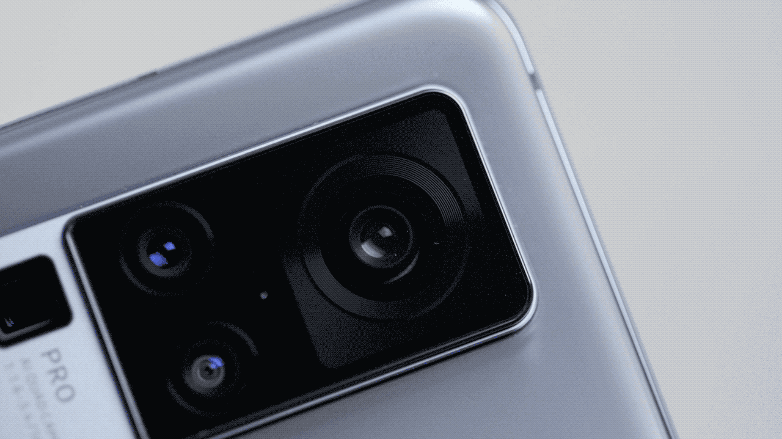
But what does "gimbal" in this context mean - and is it really comparable to the various external gimbals that DJI, Rollei, and Zhiyun offer for smartphones? Not really. While optical and mechanical image stabilizers usually swallow blurry movement up to about 1 degree, Vivo claims that this built-in gimbal can achieve stabilization up to three degrees horizontally and 2 degrees vertically. Of course, this is not comparable to a DJI Osmo, but since it has been built into the smartphone, it is certainly something new that we will talk about in further detail later.
Here are all camera modules at a glance:
- Ultra-wide angle: 15.7 mm, 8 megapixels, F2.2
- Main camera: 25.7 mm, 48 megapixels, F1.8
- Telephoto camera (2x): 50 mm, 13 megapixel, F2.5
- Telephoto camera (5x): 135 mm, 8 megapixel, F3.4
- Selfie camera: 24.7mm, 32 megapixel, F2.5

Vivo relies largely on a standard range of sensors. With the main camera suspended in the gimbal, it looks huge. The Sony IMX586, already around two years old, is the component of choice here. The 1/2-inch sensor with its 48 megapixels is standard equipment on many of the current mid-range smartphones - and it is the software that ends up as being the decisive factor when it comes to image quality. And if Vivo did not botch things up, the stabilized suspension ought to allow significantly longer shutter speeds than the competition, which would be an advantage when it comes to night shots. But let's begin with daytime shots.
- Read more: The ultimate smartphone camera buying guide
Beautiful pictures, bright colors
In daylight, the Vivo X51 delivers beautiful results throughout. From ultra-wide-angle to 5x telephoto, the image quality is easily more than enough for all of your digital applications - especially when it comes to social media. The colors can be pretty gaudy though, making the photos a bit reminiscent of Samsung smartphones in terms of color reproduction.

The following collage once again shows a section that has been enlarged by 500% compared to the previous image. This helps you you can get a better picture of the reproduction detail.

In direct comparison, photos taken with an iPhone 11 Pro Max look much more neutral. But those who are annoyed by the color reproduction will find various options in the settings, for example to adjust the saturation.

The Vivo X51 cameras do not offer too much scope for subsequent detailed enlargements or gigantic prints. If you zoom in more, fine details quickly look muddled - which you can see here in this direct comparison with the iPhone.

Make a lot out of a little: The night mode of the camera
Of course, we were especially excited about the night shots. According to Vivo, the gimbal allows long shutter speeds of 1/8 second - which should be taken with a pinch of salt. We actually found such long shutter speeds in the EXIF data, but the iPhone 11 Pro Max, for example, even specifies 1/4 second. But in the age of Computational Photography, where every photo is composed of several single images, the advantage of the shutter speed is negated through software alone.

It gets more exciting in complete darkness. Here, too, we let the Vivo X51 compete against the iPhone 11 Pro Max - and the difference is as clear as night and day! Although Vivo doesn't offer a multi-second hands-free night mode à la Huawei, it is clearly superior to Apple's offering in terms of night shots.
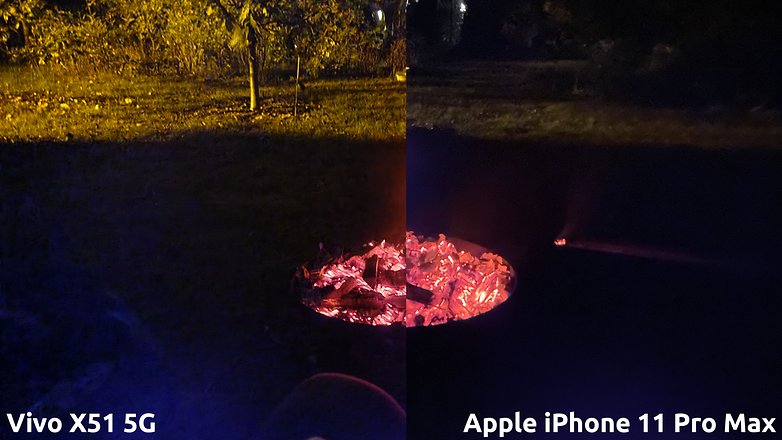
As with the current generation of Pixel smartphones or the Realme X3 Superzoom, a special astrophotography mode is also available. If you replace Fabi's hands with a tripod - see the following example image - you should be able to capture spectacular images of the Milky Way. In our test photo, it was possible to obtain additional details out by editing in Photoshop (right image).

Selfies: Iron out my wrinkles, please!
You just woke up in yesterday's clothes and wondered how the hell you were able to sleep on the floor for five hours? Don't worry: Your Instagram-Selfie won't show that ten seconds later. If you wish, the Vivo X51 will iron all the wrinkles from last night (or the last 30 years) in a digital makeover.

The beauty effects can also be applied to portrait photos taken with the rear cameras.
The image stabilization of the Vivo X51 is amazing
Videos can be shot with the main camera in 4K at 60 frames per second. Due to the gimbal's very good performance, almost wobble-free results can be achieved.
However, we want to take a closer look at these options and write a separate article about them.
Vivo X51 battery
- 4,315 mAh Lithium battery
- 33 Watt charger
I am a power user when it comes to smartphones: e-mails, Slack, and also tethering when I have to work with my laptop while I am on the road. But with the Vivo X51, it never let me down during my review period, even though I tethered via 5G which can be quite power-hungry. With my normal use pattern, even including video playback and some gaming time, I was hardly able to exhaust the handset's battery by the end of the day.
With a 33 watt charger, you will be able to charge the 4,315 mAh battery from 0 to 100 within the hour. 15 minutes' worth of charging should be able to provide you with several hours of regular use.
Vivo X51 technical specifications
Final verdict
You shouldn't buy the Vivo X51 if...
...you go for proven brands
Vivo? Never heard of it. I'm sure many NextPit readers are also in the same boat. The company described itself as a 25-year-old start-up and is (by its own account) is the fifth-largest smartphone manufacturer in the world. But here in Europe, Vivo is still a relative unknown.
You should buy the Vivo X51 if...
...you take a lot of pictures and videos
Personally, the Vivo X51 first surprised me with the camera and then actually made me a believer for the rest of the review duration. In reality, the camera setup of the Vivo X51 smartphone did not leave much to be desired, with the color saturation being somewhat similar to many other Southeast Asian smartphone manufacturers - that is, over the top at times, but the overall camera package proved to be a really good performer.
...you are looking for a real flagship with 5G support
Vivo did not skimp on features in their first European smartphone foray which will be launched to the masses soon. The X51 with its equipment (especially the camera system) can take on the big three (Apple, Samsung, and Huawei) - and did we mention that it also has 5G onboard? Once you have enjoyed 5G speed, you won't want to return to LTE.





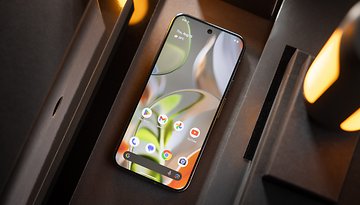
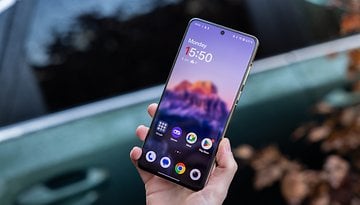





Good article...